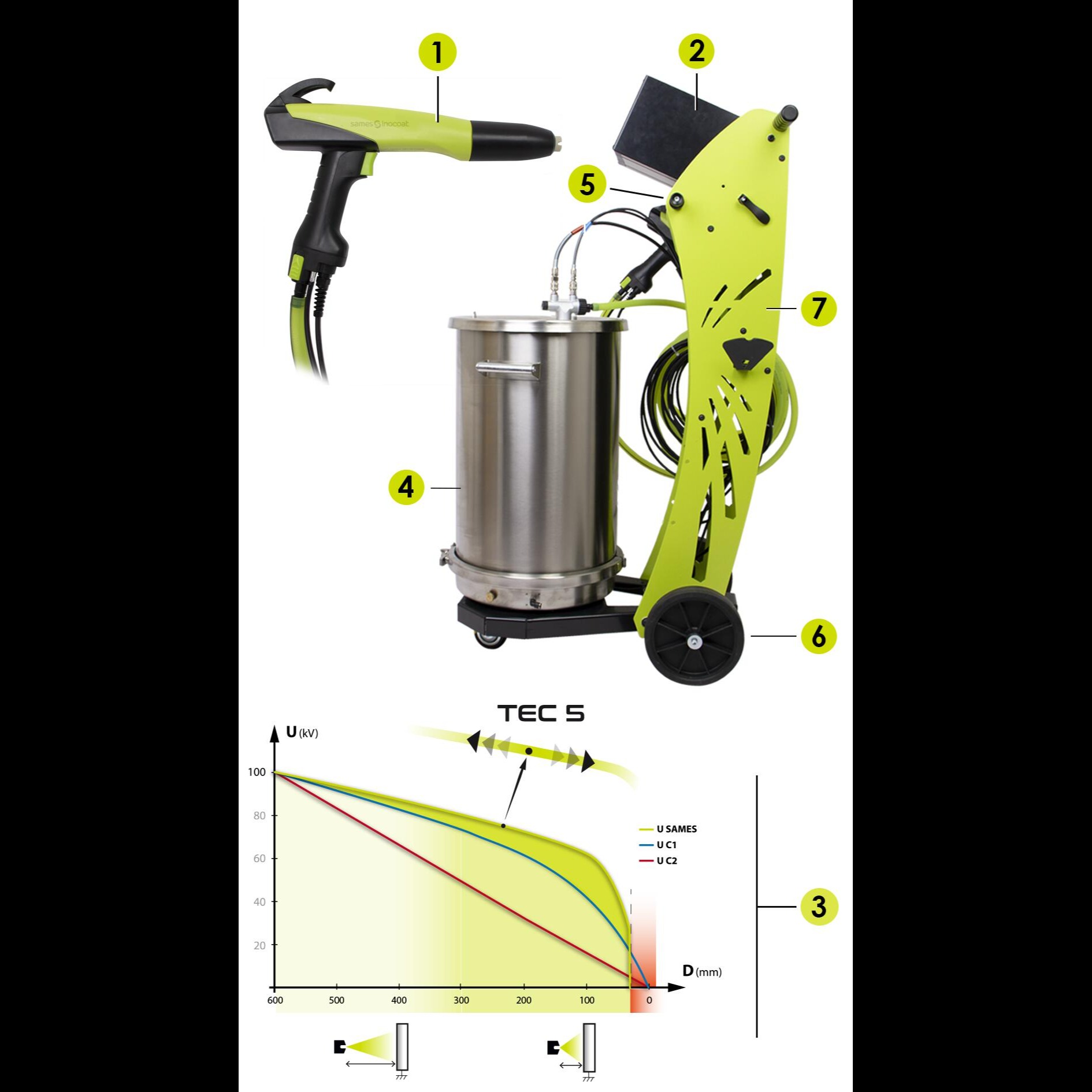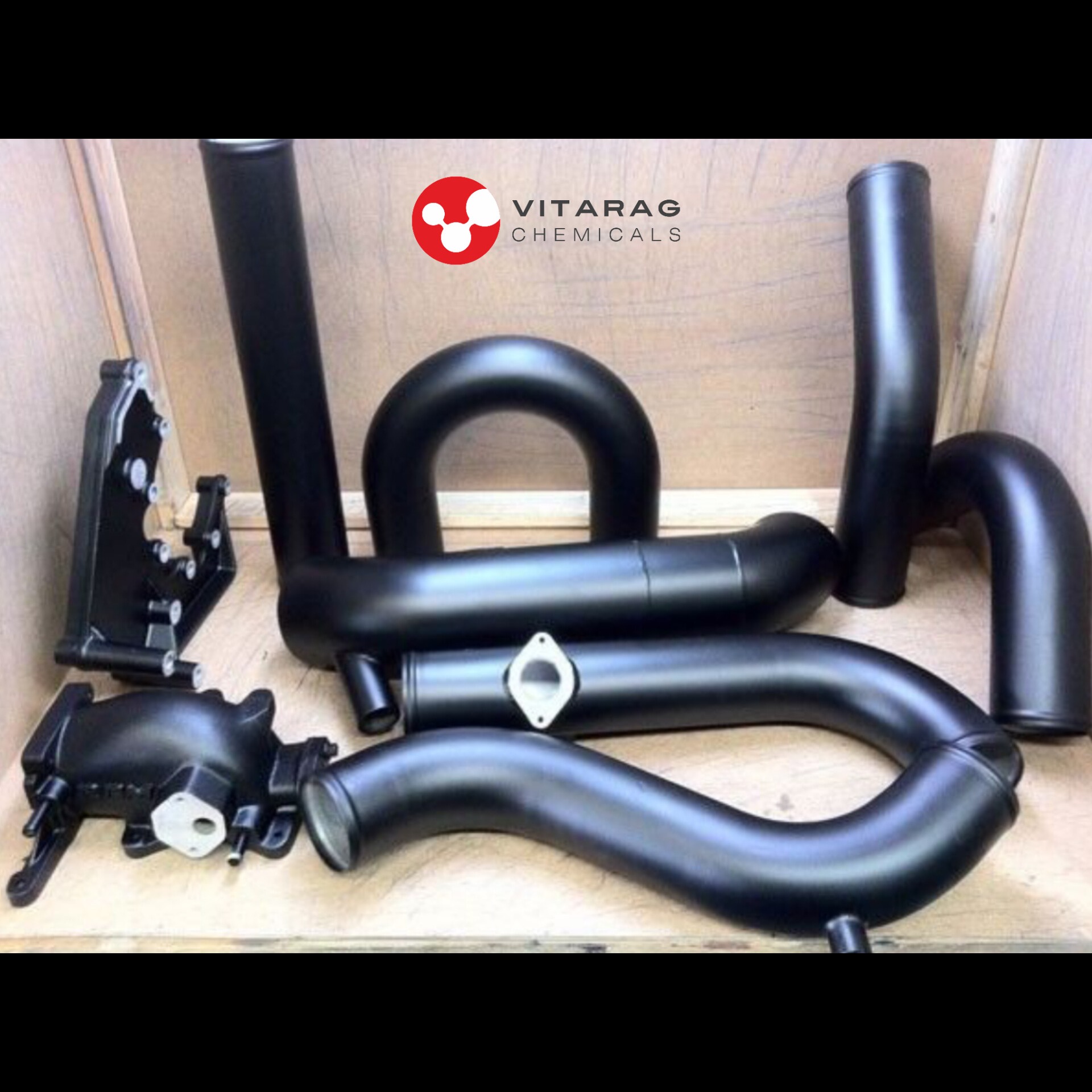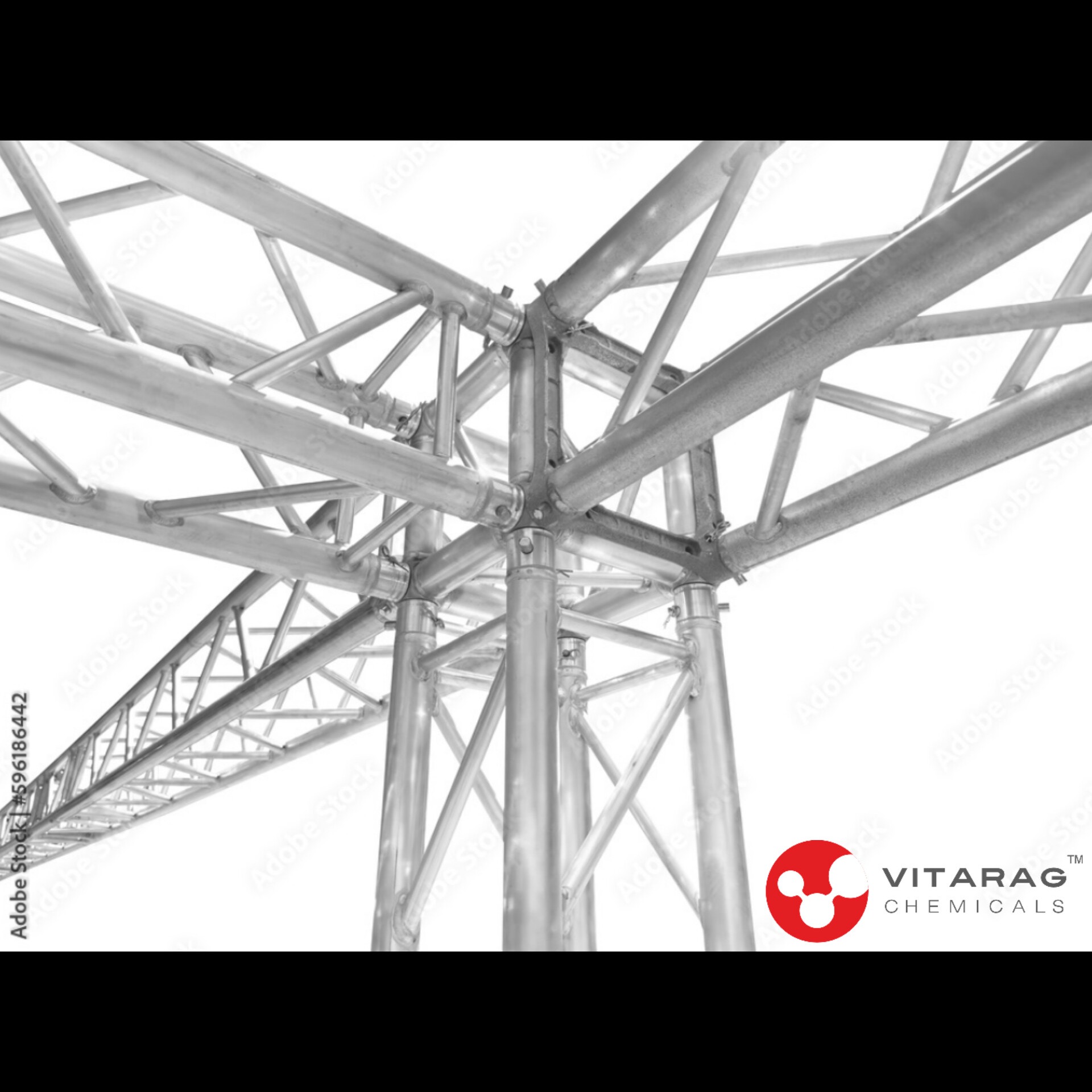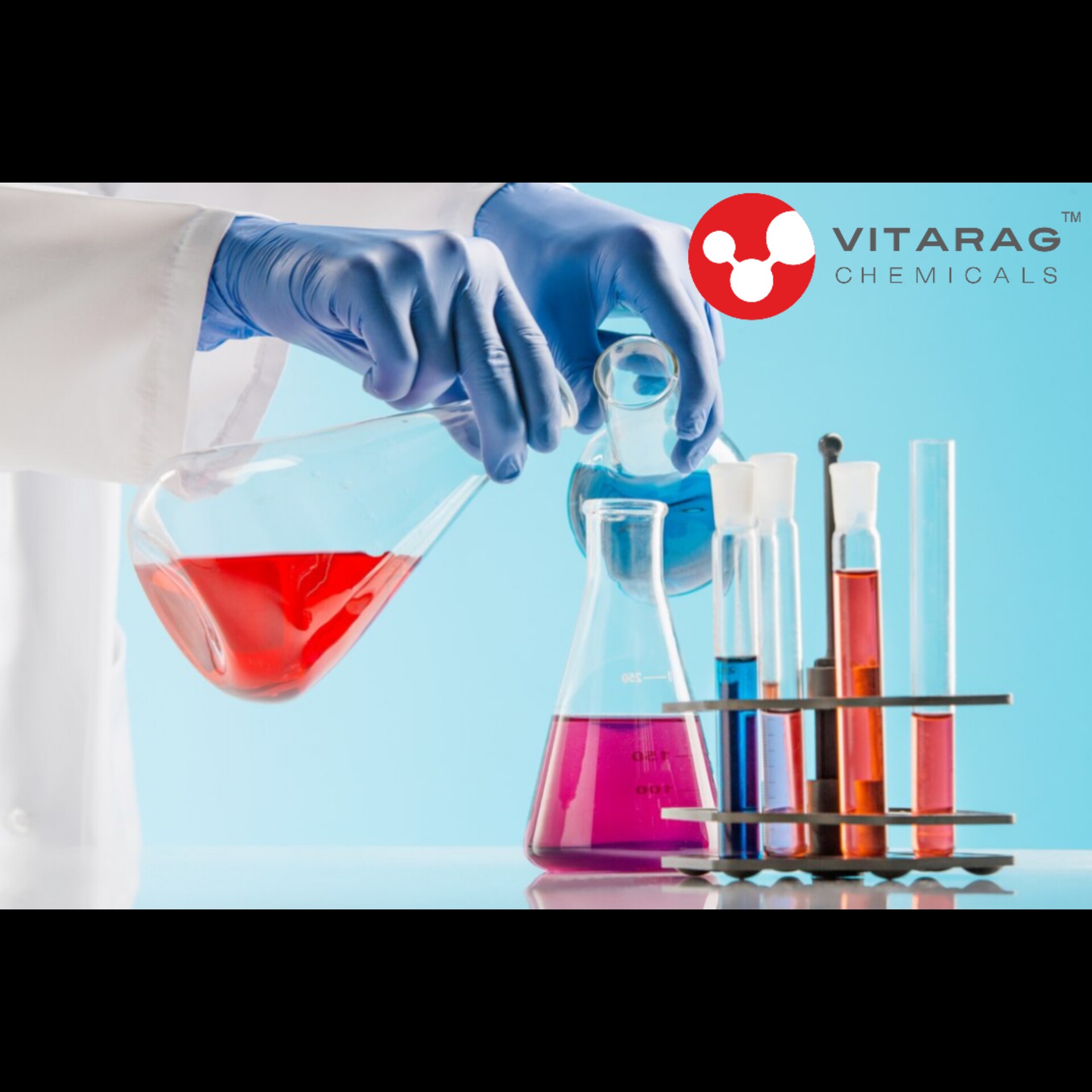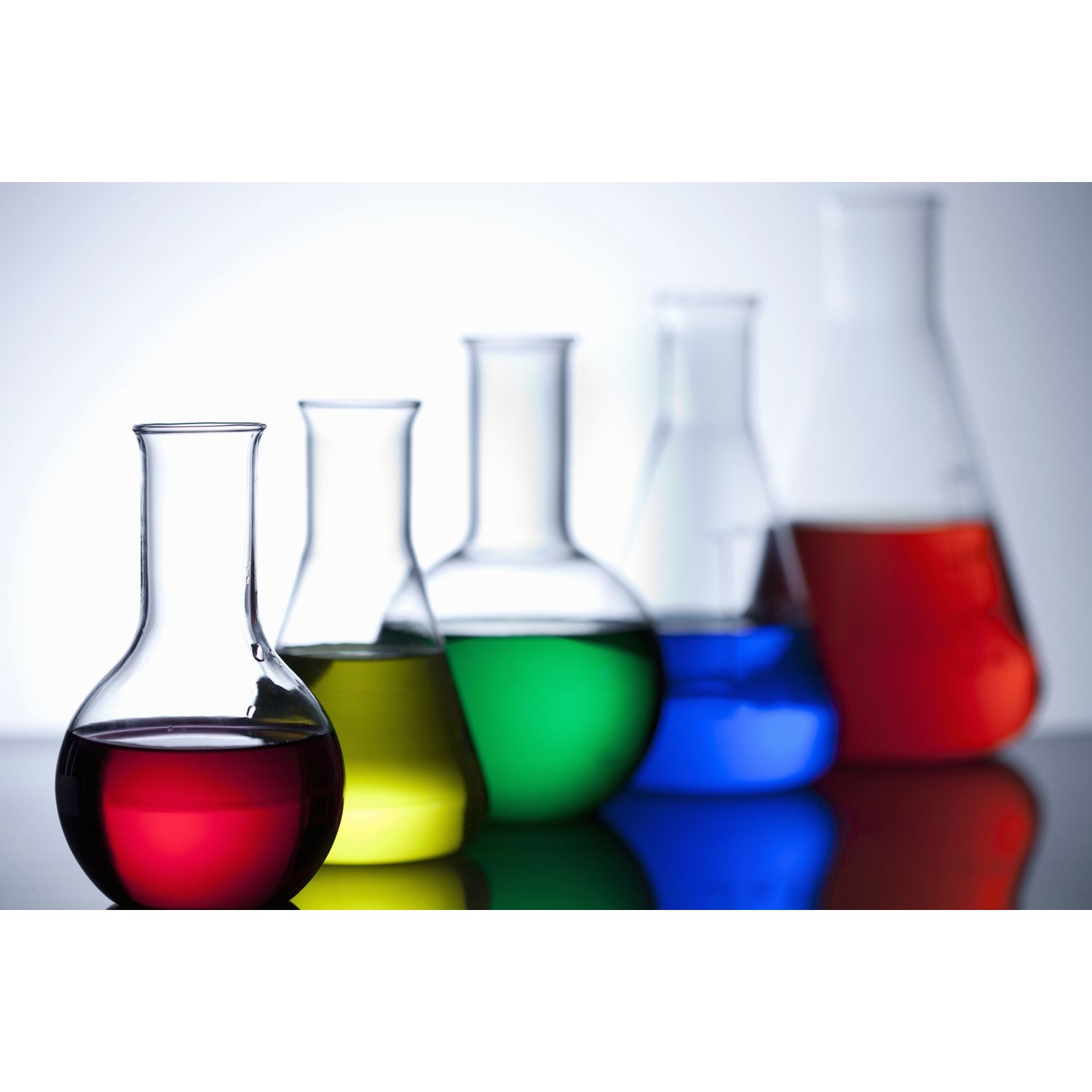
ZNP-54 PHOSPHATING
1 Phosphating:
- Application of Zinc Phosphate Solution: The metal is immersed in or sprayed with a zinc phosphate solution (ZNP-54 solution). The solution contains zinc, phosphoric acid, and other chemical accelerators.
- Reaction: A chemical reaction occurs between the metal surface and the phosphating solution, forming a layer of zinc phosphate crystals on the surface. This layer is typically gray to black in color and has a fine crystalline structure.
2. Rinsing:
- Water Rinse: After phosphating, the metal is rinsed with water to remove any unreacted phosphate solution.
- Final Rinse: Sometimes, a final rinse with deionized water or a passivating rinse is applied to enhance the corrosion resistance and adhesion properties of the phosphate layer.
3. Drying:
- The treated metal is dried thoroughly, often using hot air blowers or ovens, to ensure that no moisture remains on the surface.
Post-Treatment:
Sealing: A sealing agent might be applied to the phosphated surface to further improve corrosion resistance.
Painting or Coating: The phosphated metal can now undergo painting, powder coating, or other finishing processes, with the phosphate layer serving as an excellent adhesion promoter.
Keywords
ovens
color
Drying
Rinsing
Painting
moisture
Application
Water Rinse
Final Rinse
sealing agent
1 Phosphating
metal surface
Post-Treatment
powder coating
phosphate layer
ZNP-54 solution
deionized water
hot air blowers
phosphoric acid
phosphated metal
passivating rinse
chemical reaction
ZNP-54 PHOSPHATING
phosphated surface
adhesion properties
corrosion resistance
phosphating solution
Zinc Phosphate Solution
zinc phosphate crystals
other finishing processes
fine crystalline structure
excellent adhesion promoter
other chemical accelerators
unreacted phosphate solution

